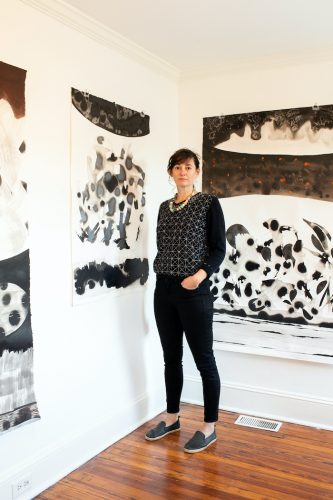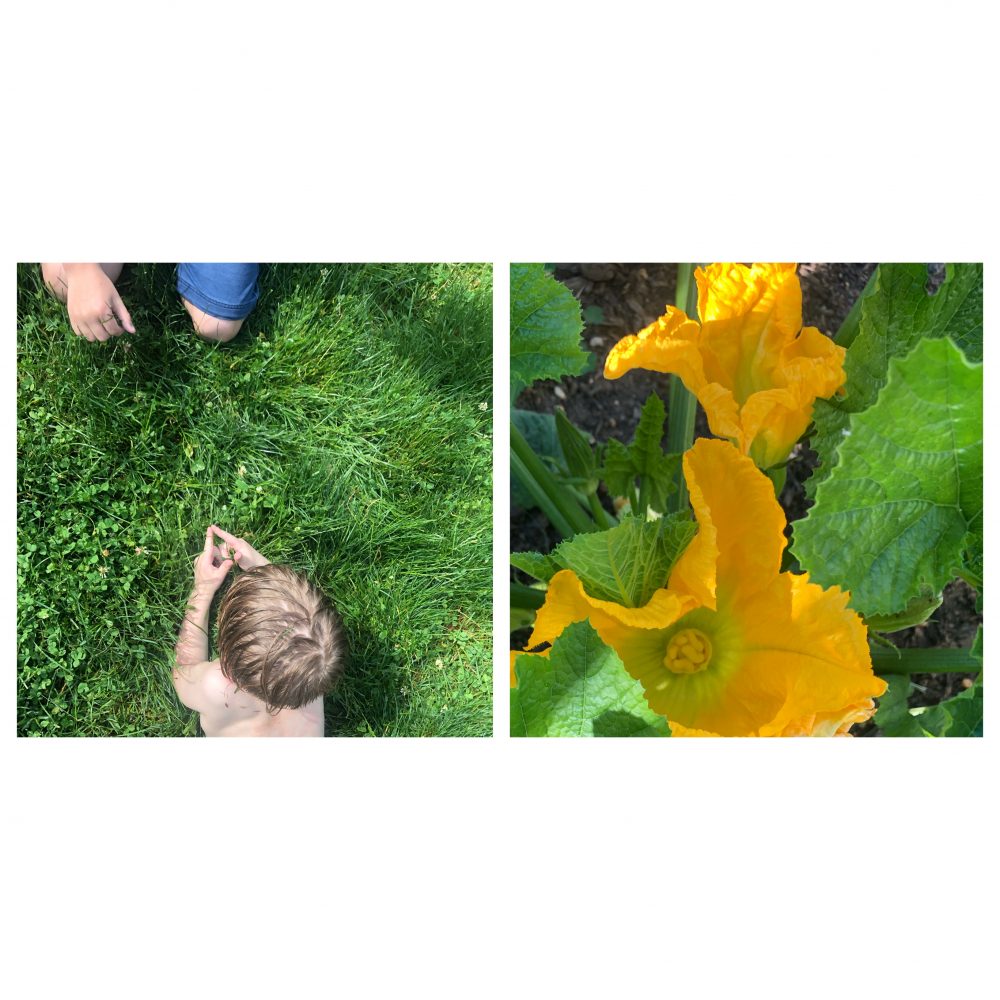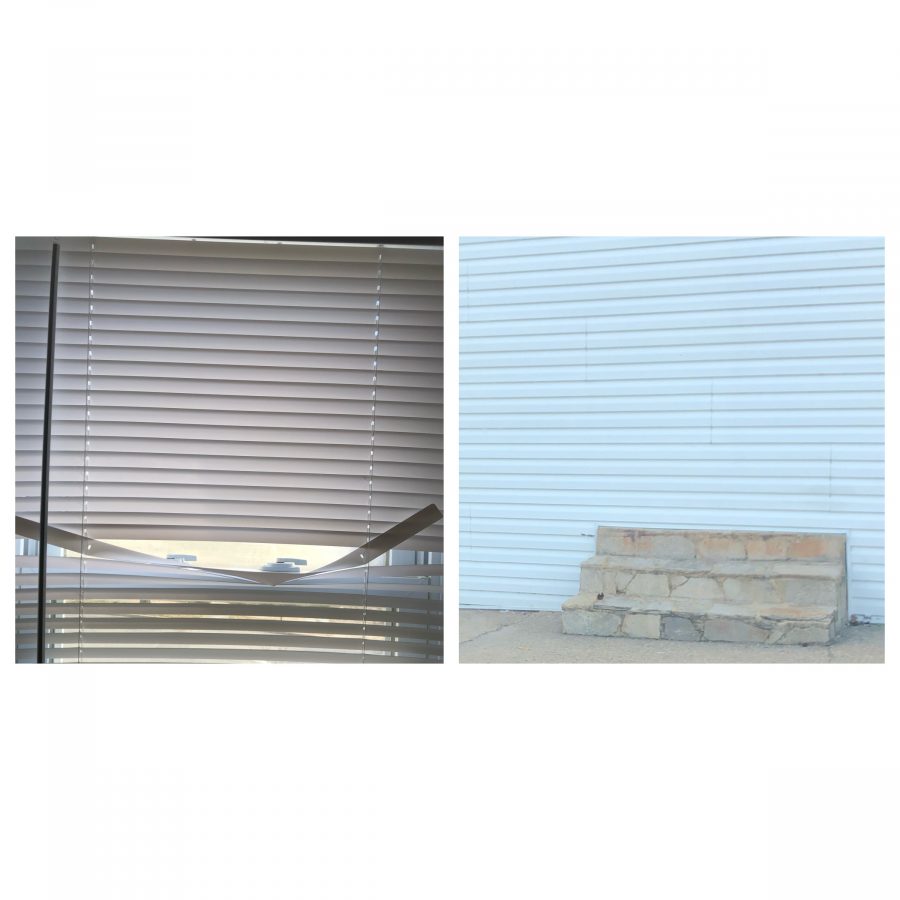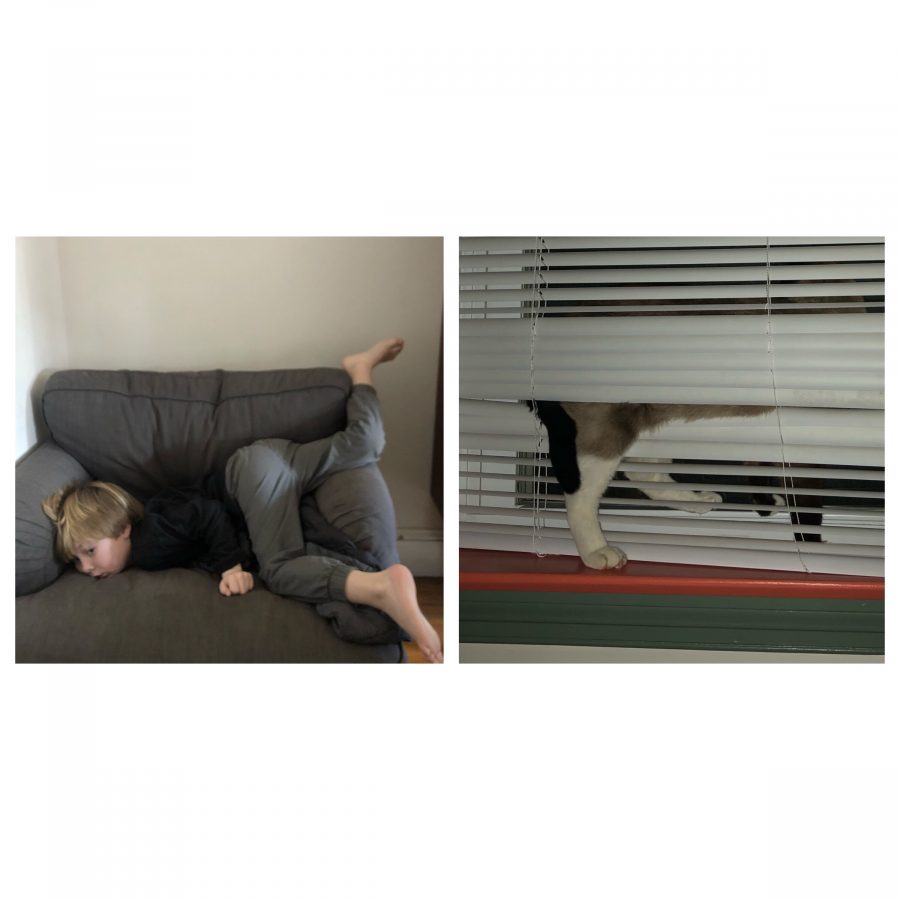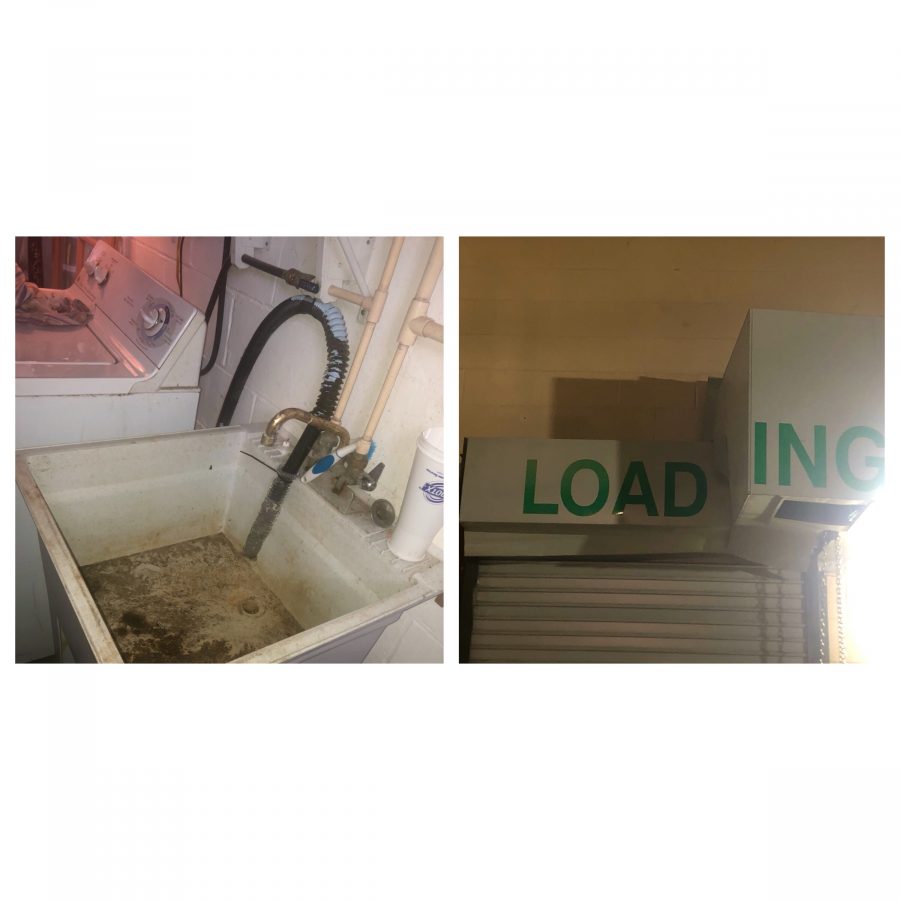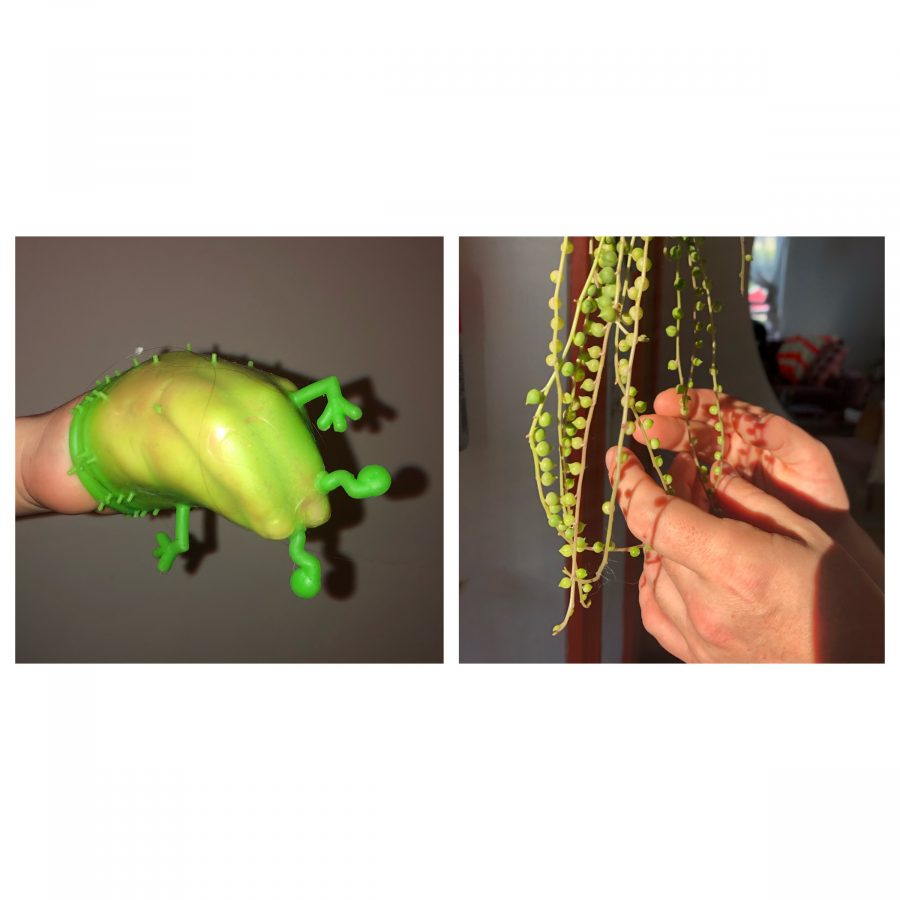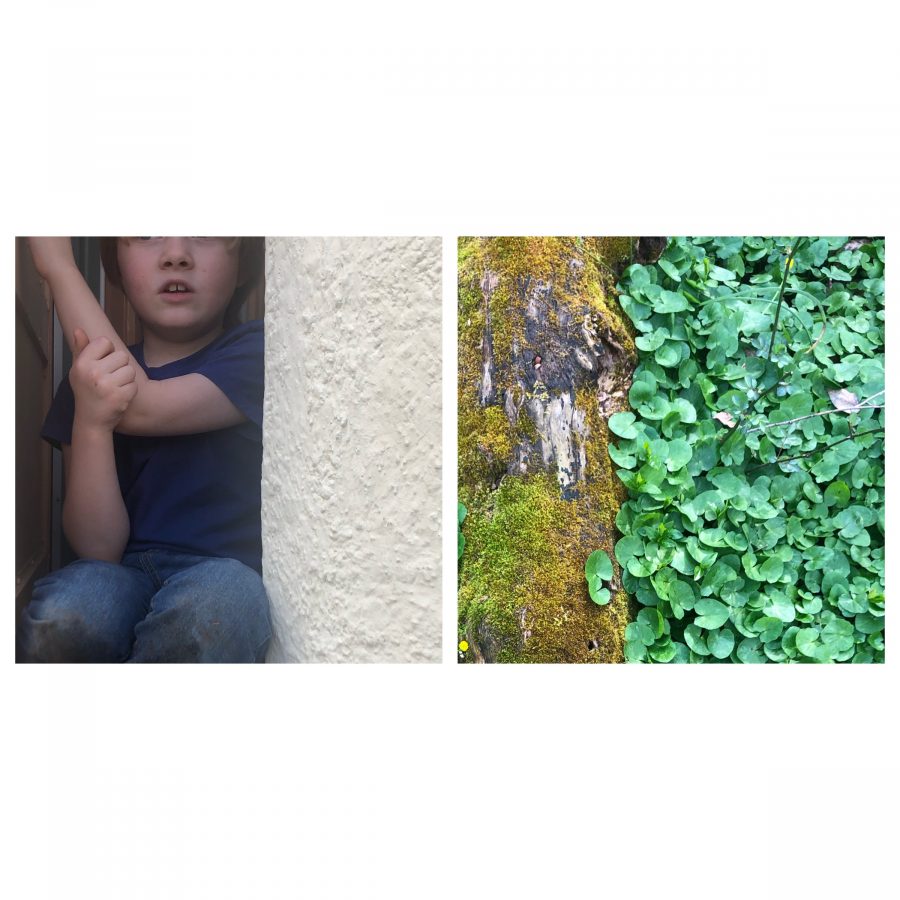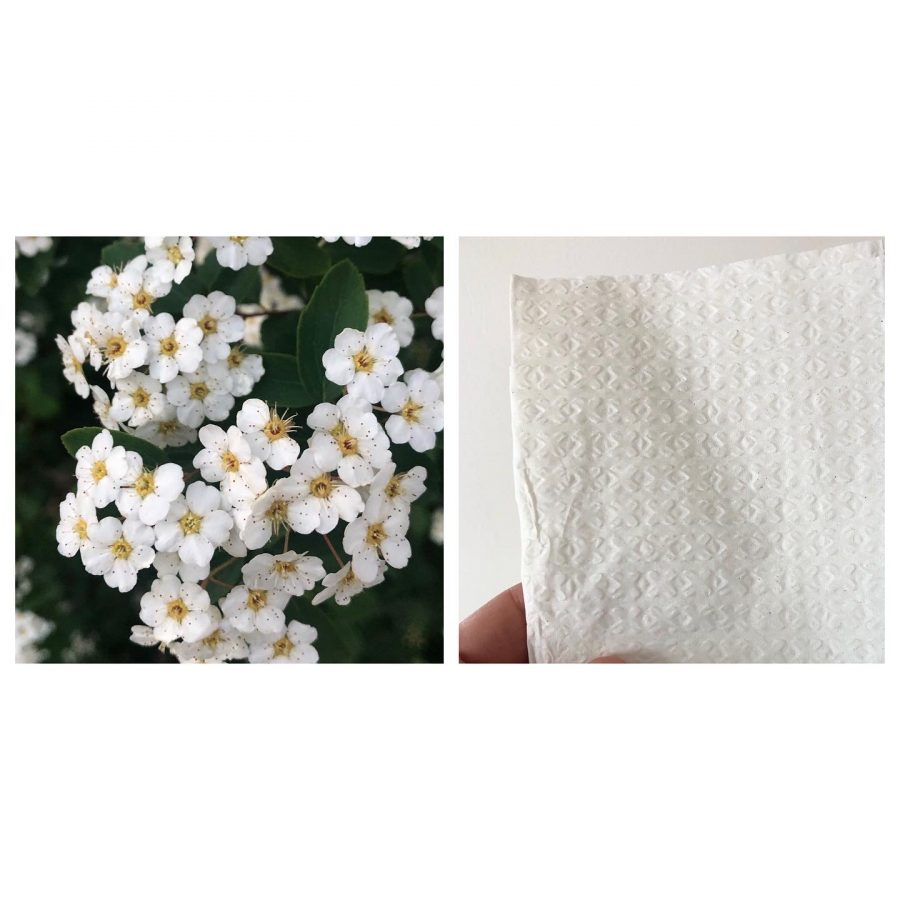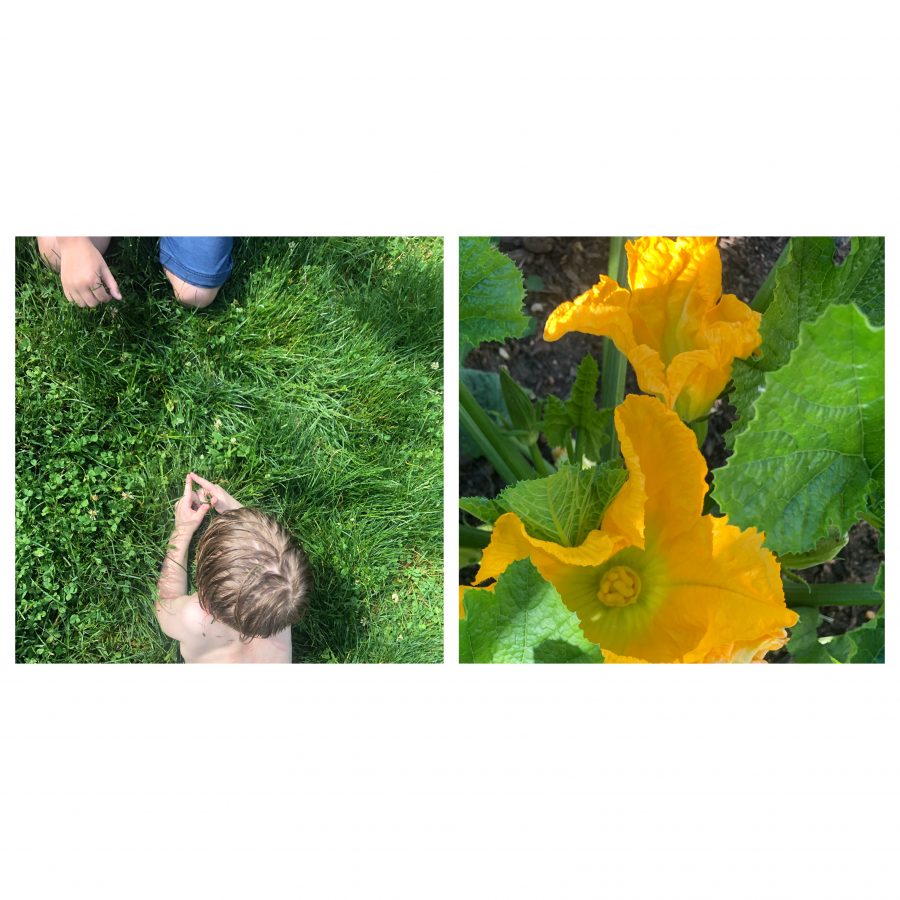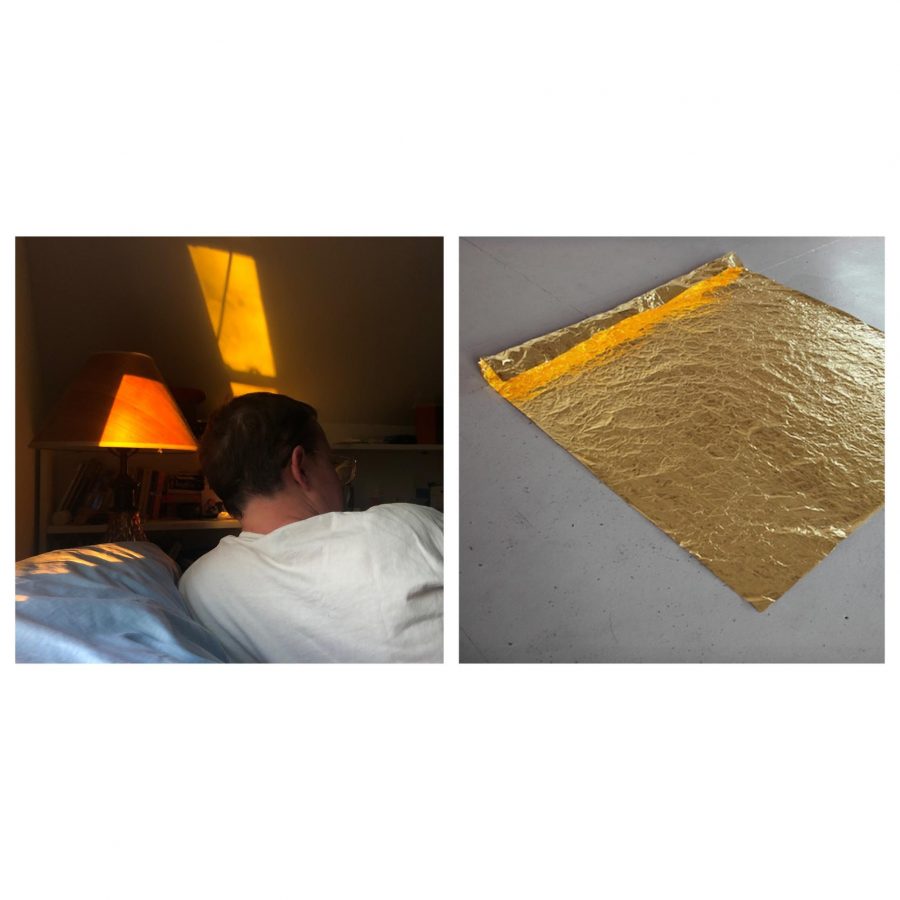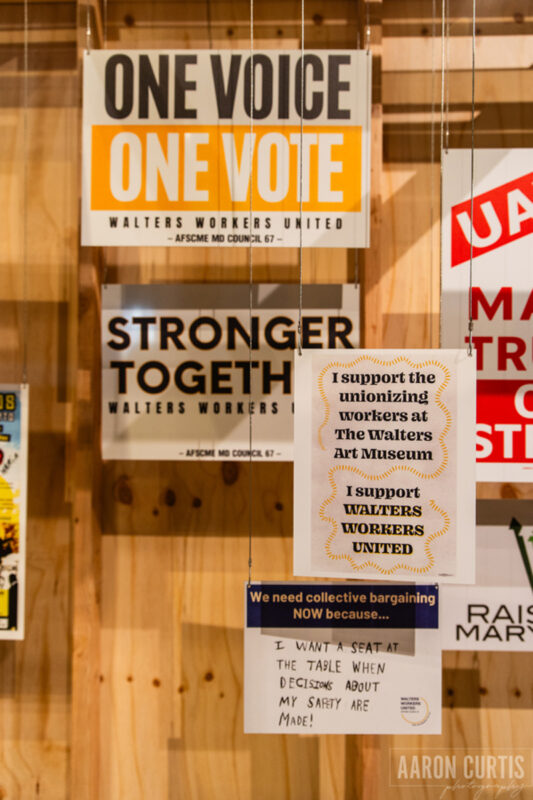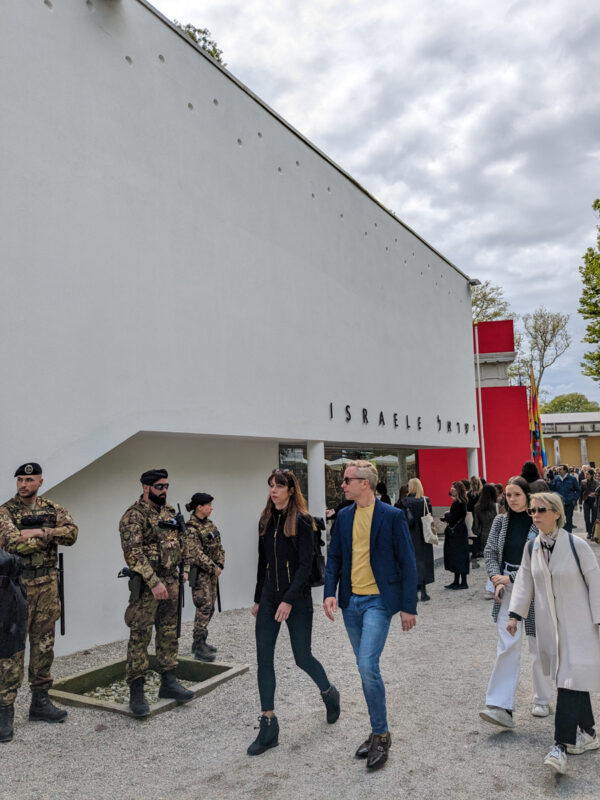I began making these diptychs in 2017 when I was a single mother of two, working full time and squeezing in an art practice wherever I could. Initially they were a non-verbal way to broadcast my isolation onto social media platforms during long stretches of time when I wouldn’t have another adult to talk to. Most of the images come from daily life in Baltimore with my children: things we would see in the neighborhood, moments of poetry in the objects around our house. Thematically the diptychs often combined images evoking tenderness with images of possible risk or harm. I think of them as meditations on how injury is unavoidable and what that means for how we care for one another.
I have continued making these diptychs over the past few years, as our family has grown to include my partner, JB, and as the world has responded to a global pandemic. The way that we experience domestic space has dramatically changed since March of 2020. The diptychs presented here were all made since February 2020, capturing moments just before the shutdown, and the months that have followed.
Some of the text included with the images was written as image descriptions for Instagram users who rely on screen readers to experience the platform. These cases are noted as such.

